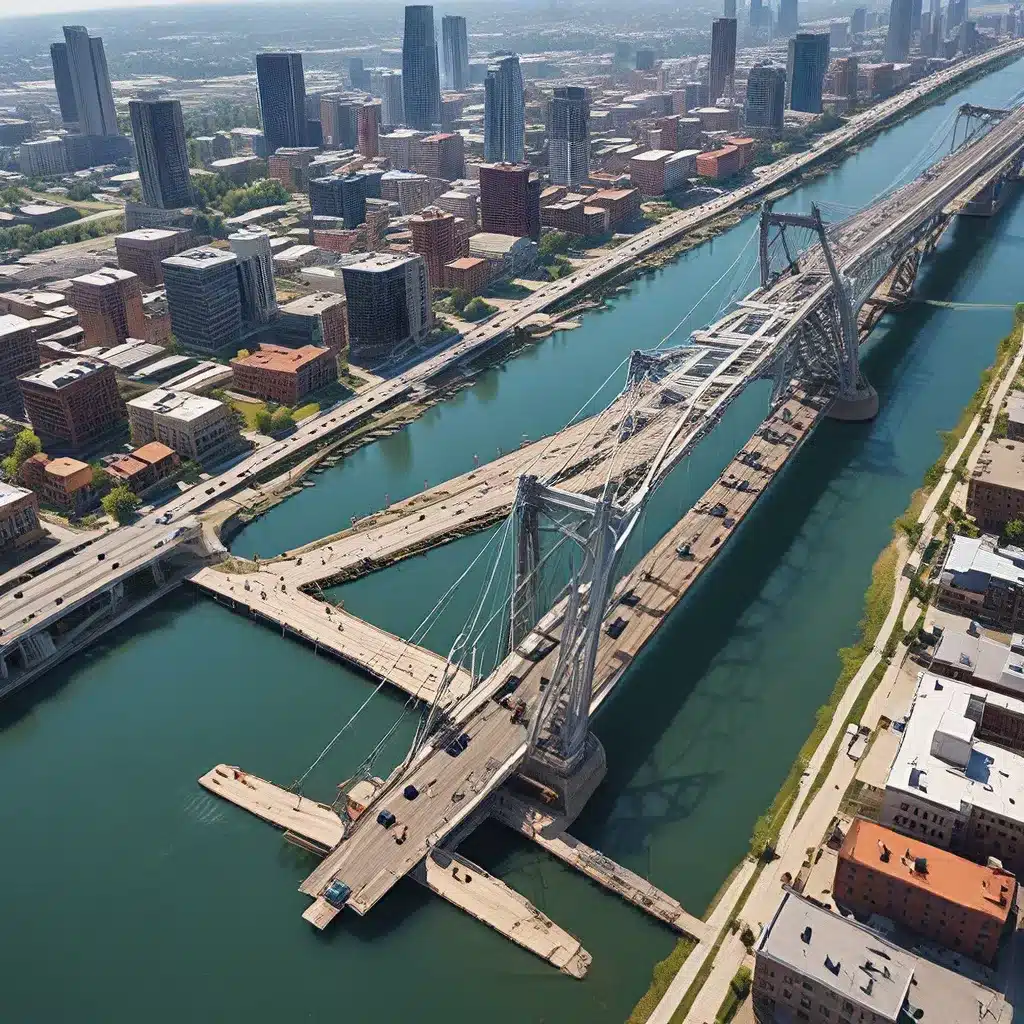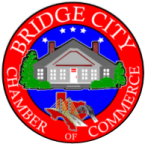
The Rise of Sustainable Business Practices in Bridge City
Redefining Business Success in a Changing World
Once upon a time, the only metric that truly mattered in the business world was the bottom line. Profits were king, and companies would stop at nothing to maximize their financial returns, even if it came at the expense of the environment or the wellbeing of their employees and communities. But times, they are a-changin’.
In the bustling city of Bridge City, a growing number of businesses are embracing a new definition of success – one that balances financial performance with social and environmental responsibility. These trailblazers are leading the charge towards a more sustainable future, and their stories are nothing short of inspiring.
Bridging the Gap: Sustainability Meets the Bottom Line
For years, the notion of “going green” was often seen as a costly endeavor, one that could potentially compromise a company’s profitability. But a remarkable shift is taking place, thanks in part to the groundbreaking work of the NYU Stern Center for Sustainable Business. Their pioneering “Return on Sustainability Investment” (ROSI) methodology has helped corporate leaders and investors understand the true value of sustainability strategies.
“ROSI is a game-changer,” explains Sarah, the sustainability manager at Bridge City Manufacturing. “It allows us to quantify the tangible and intangible benefits of our sustainability initiatives, proving that they’re not just good for the planet, but also for our bottom line.”
Through the ROSI framework, Bridge City Manufacturing has identified a range of decarbonization strategies that not only reduce their environmental footprint but also drive financial value. “It’s a win-win situation,” says Sarah. “We’re able to make a solid business case for sustainability, which in turn empowers us to secure the resources we need to expand our green initiatives.”
Sustainable Strategies Across the Value Chain
The transformation towards sustainability in Bridge City extends far beyond a single industry. Across sectors, companies are embracing innovative strategies to address environmental and social challenges, while simultaneously strengthening their organizations.
Take, for example, the Bridge City Chamber of Commerce‘s Food and Agriculture Sustainable Strategies Framework. Developed in partnership with the NYU Stern Center for Sustainable Business, this framework identifies 12 key strategies that local food and agriculture businesses can implement to drive positive change.
“It’s all about looking at the entire value chain,” says John, the president of the Chamber. “From sustainable sourcing and production to waste management and community engagement, there are so many opportunities for our members to make a difference.”
One such member is Bridge City Farms, a local organic produce supplier that has embraced the sustainable strategies framework. “We’re not just focused on growing the best-tasting fruits and vegetables,” says Samantha, the farm’s sustainability coordinator. “We’re also committed to reducing our environmental impact, supporting our local community, and ensuring the long-term resilience of our business.”
Sustainable Fashion: A Stylish Revolution
The fashion industry, often known for its environmental and social footprint, has also seen a surge of sustainable businesses in Bridge City. Companies like EILEEN FISHER, Reformation, and REI have partnered with the NYU Stern Center for Sustainable Business to quantify the value of their sustainability investments using the ROSI methodology.
“For too long, the fashion industry has been a major contributor to environmental degradation and social inequity,” says Emma, the sustainability director at EILEEN FISHER. “But we’re here to prove that you can build a successful business while also doing good for the planet and the people who make our clothes.”
Through their collaboration with the NYU Stern Center, these fashion brands have been able to identify key practices and monetization models that drive financial value and positive impact. From using recycled materials to investing in renewable energy, the sustainable strategies are not only reducing the industry’s carbon footprint but also boosting brand loyalty and attracting socially conscious consumers.
The Green Consumer Awakening
As the sustainable business movement gains momentum in Bridge City, a parallel shift is occurring in consumer behavior. Recent studies have shown that while most consumers report positive attitudes towards eco-friendly products and services, they often struggle to follow through with their wallets.
“It’s a frustrating paradox,” says Dr. Samantha, a marketing professor at Bridge City University. “People say they want to support sustainable brands, but when it comes time to make a purchase, price and convenience often take precedence.”
However, the tide is turning. Insights from behavioral science are helping companies bridge the gap between consumer attitudes and actions. Strategies like leveraging social influence, shaping good habits, and appealing to both the heart and the brain are proving effective in driving sustainable consumption.
“At the end of the day, people want to feel like they’re making a difference,” says Dr. Samantha. “By making sustainable choices more accessible, convenient, and socially
validated, we can empower consumers to walk the talk and create lasting change.”
A Greener Future Ahead
As I stroll through the streets of Bridge City, the evidence of the sustainable business revolution is all around me. From the solar-powered storefronts to the community gardens and zero-waste cafes, it’s clear that a new era of business is taking shape.
And the best part? This is just the beginning. With innovative tools like ROSI, game-changing frameworks, and a growing army of eco-conscious consumers, the future of Bridge City’s business landscape looks brighter than ever before.
So, what’s the secret to success in this new era? It’s simple: embrace sustainability, redefine your bottom line, and watch your business thrive. After all, as the NYC Department of Transportation so eloquently put it, “Delivering Green” is the key to unlocking a more prosperous and sustainable future.


